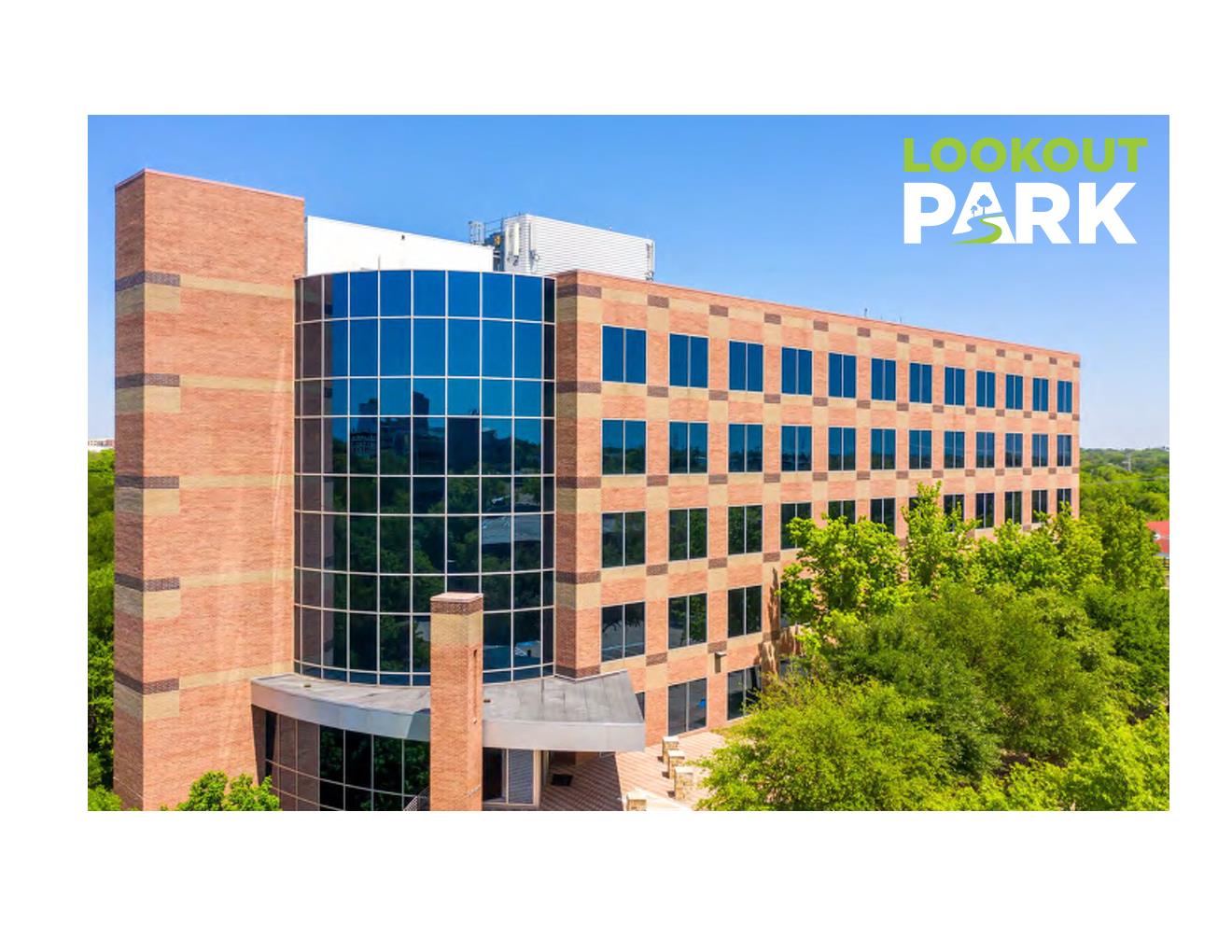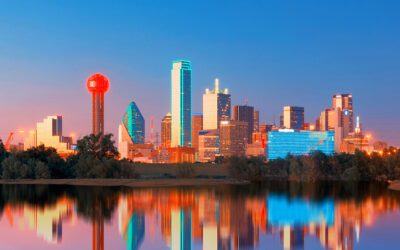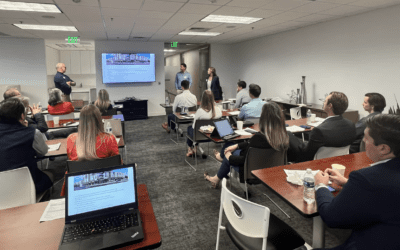As of Fall 2023, this is where we are in the market: 53 million square-feet of vacant office space exists across the Dallas-Fort Worth metroplex in buildings no more than 250,000 square feet in size. The majority of these buildings are suburban and 100% vacant. With the North Texas population forecasted to continue growing, the demand has shifted from commercial office developments to mixed-use and residential. There are an exponential number of properties ripe for redevelopment or conversion to meet this demand and increase the real estate value.
Suburban Texas cities are experiencing the lion’s share of growing commercial office vacancies, particularly in the Class B+ and below office buildings located in suburban office parks. Yet there are features of the communities, neighborhoods and buildings we find in these office parks that give us hope that we can renew communities, foster deeper neighborhood links, and find new life for these office park buildings and sites. It begins with the identification of which suburban communities are desirable locations for the tenants we hope to attract.
The tenant profile for the Central Business District (CBD) markets is very different from the suburban 18-hour cities – which are the halo or first-ring cities around the dense urban core. The Urban Land institute defines the “18-hour” city as a small or mid-sized city with above-average urban population growth, a low cost of living, and a low cost of doing business. These suburbs attract a tenant demographic of 25-35 years old, primarily Millennial and Gen Z young professionals looking for the village concept, which defines the 18-hour city. There’s an appealing quality of life that exists in these areas where people can live close to entertainment, grocery and retail, schools, restaurants, parks and outdoor amenities, curated events and services – and work.
The tenant profile for these suburban areas is a value-based demographic and helps demonstrate why these suburban office parks have the potential to be attractive as conversions to multifamily and mixed-use. Property owners are receiving up to 20% greater return than the market rate for garden-style communities in these areas. Tenants are happy to pay the premium on their housing to have access to a denser, higher quality of life “urban village” where they can reduce transportation costs and travel times.
Tenants are looking for authenticity, sustainability and a community that reflects their values and lifestyle. For example, look at Dallas-Fort Worth area cities with strong identities and social activities like Frisco, Grapevine, and McKinney. They have the active village concept that Millennials are looking for as a component of their lifestyle and community. The natural setting is also becoming a priority, where everyone in the community has access to nature and outdoor activities.
So how do we approach these vacant and mostly vacant aging commercial office buildings in these communities – buildings that are taking up valuable real estate but don’t serve a purpose that the community wants or needs? We need to assess the community, the site and the building to determine the ease of upzoning, compatibility of the neighborhood with mixed-use and ease of converting the existing structure to a mixed-use community. And finally, it has to pencil.
We consider zoning, permits and municipality-offered incentives for redevelopment to assess what will allow the most efficient conversion of the site and building. What can we do with the existing building while minimizing construction costs and getting the highest and best use from the property and investment?
We evaluate the site, the building, the walkability score and transit availability, and even potential views from the building itself. In the site assessment phase of these existing buildings, we are closely evaluating the building itself: based on the building form, what does each floor plate look like, and what is the window-to-core distance to allow the most efficient conversion of that plate to repetitive units?
Additionally, we consider other attributes of the building to determine the feasibility of a conversion, such as building geometry or shape, the number and locations of elevators and stair towers and whether those need to be relocated, the structural grid and column spacing to allow for optimal repeating unit plans while improving access to outside air and natural light. When converting from commercial to multifamily, adjacent or covered parking may need to be added so tenants can step from their car into the front door and minimize their exposure to the elements.
Equally important to consider is the mechanical system and whether it can be converted to unit types as opposed to zone loads, as well as electrical, plumbing and HVAC systems. Often C-PACE financing can offset the cost of the mechanical, electrical and water use redevelopment, and making the building more energy- and water-use efficient.
The benefit is not only for the developer and owner; there is significant financial benefit for the city to transform a non-performing asset into a high-performing one. The higher density can increase the number of jobs, expand the tax base, and amp up retail sales and local spending, all of which goes back into the community, fueling the vibrancy and viability of the local neighborhood village.
Whether choosing building conversion or scraping the site and redeveloping it, an experienced development advisory team that understands the path to a successful project is vital.
Kevin Wallace is an architect by training and a problem-solver by craft. He is known for bringing passion projects to life as a multifaceted planning, architectural, and development advisor with 30-plus years of experience.
Related Articles
Unlocking Dallas’s Potential: Navigating the Future of Commercial Real Estate
Delve into the heart of Dallas's commercial real estate scene with our latest presentation featuring insights from Dallas Cothrum, President of Masterplan, A Milrose Company. With over two decades of experience and an intimate knowledge of the dynamic Dallas market,...
Empowering Real Estate Developers: Exploring C-PACE Financing for Adaptive Reuse Projects
Embark on a journey into the world of innovative financing solutions for large-scale adaptive reuse projects with insights from Julianna Brooks, President of Civitas PACE Finance. In our latest presentation, Brooks unveils the transformative potential of C-PACE...
Unlocking the Future: Exploring Trends in the Multi-Family Rental Market
Unlock the keys to the evolving landscape of the multi-family rental market with our recent presentation on the latest trends. Delving into the dynamic preferences of Millennials and Gen Z, who collectively make up a significant portion of the renting population, we...




